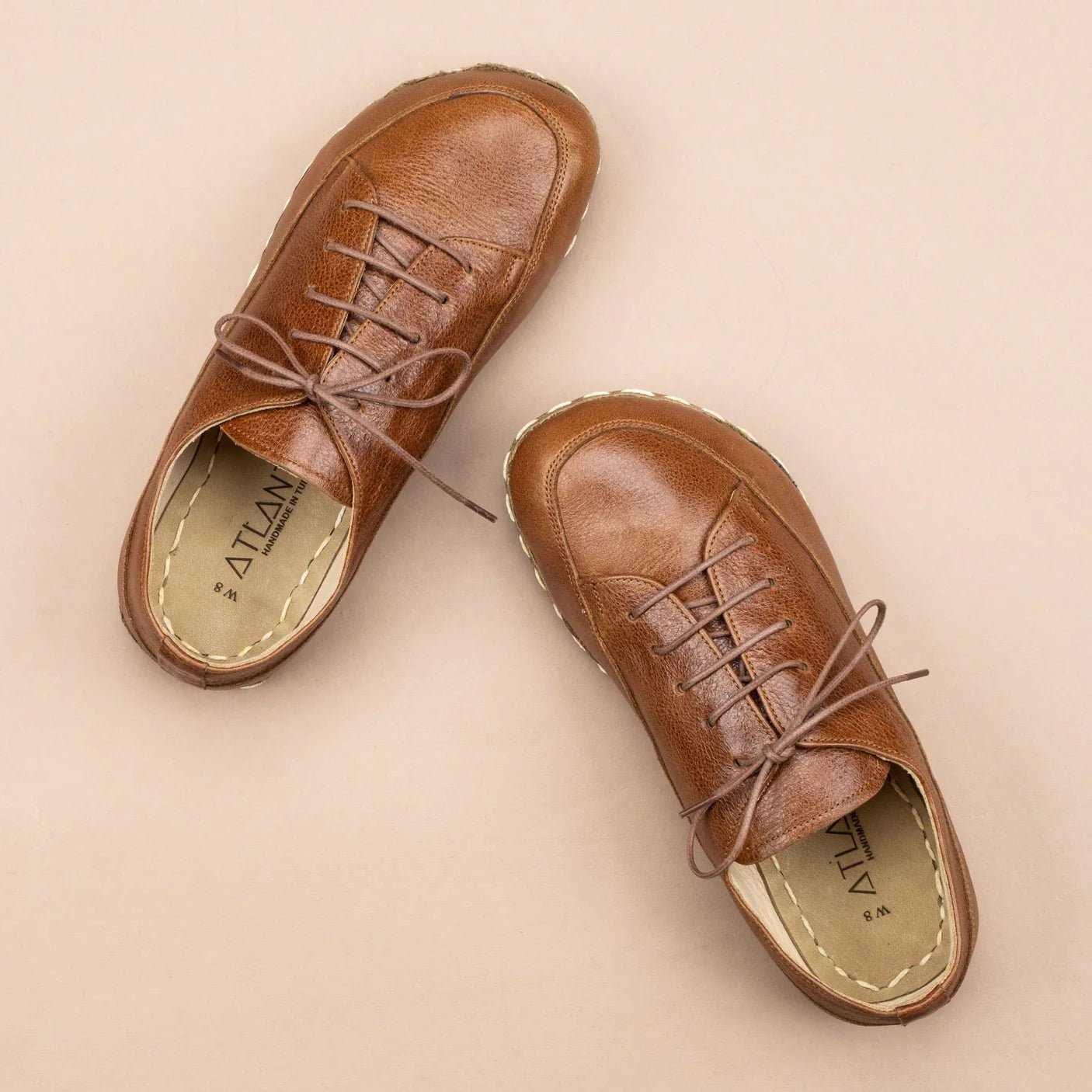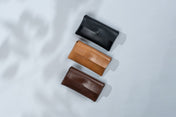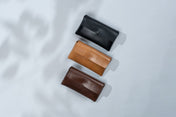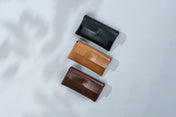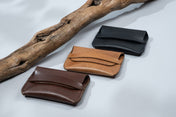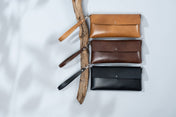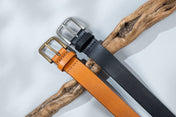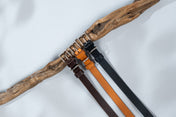Shoes significantly impact both the form and function of human feet. Prolonged usage can lead to changes in foot mechanics during activities like running. Specifically, shod feet exhibit altered muscle activation and arch dynamics. These effects result in variations in stride and contact with the ground, indicating a notable influence on the foot's natural movement. Moreover, this footwear-induced alteration extends to aspects like ankle motion and ground reaction forces. Therefore, understanding these changes is crucial for evaluating footwear's role in foot health and performance.
The Impact of Footwear on Running Mechanics
The evolution of modern running shoes, notably since the 1970s, has significantly influenced running mechanics and foot health. This development has been closely tied to the surge in running's popularity, leading to advancements in shoe design. According to researchers Luke A. Kelly, Glen A. Lichtwark, Dominic J. Farris, and Andrew Cresswell, these changes have profound implications on how runners interact with the ground and manage impact forces.
- As per Kelly and his colleagues, modern running shoes feature thick, visco-elastic midsoles. These provide cushioning and rebound, altering the foot's ground interaction.
- The cushioning in these shoes is akin to a spring-like mechanism. It aids in absorbing impact during foot-ground contact and assists in propulsion, note the researchers.
- Kelly et al. observe that the cushioned midsoles encourage a heel-first landing pattern. This shifts impact attenuation reliance from the body's natural shock absorbers to the shoe.
Comparing shod and barefoot runners, the research team found distinct differences in running mechanics. Shod runners typically exhibit a heel-strike pattern, contrasting with the forefoot first contact of barefoot runners. This difference in strike patterns affects how impact forces are managed.
Furthermore, shod running is characterized by longer stride durations and ground contact times. This indicates a notable alteration in running mechanics when wearing shoes. Kelly and his team also highlight the role of shoes in increasing knee and ankle stiffness. The cushioning properties of modern running shoes might induce mechanical adaptations across the lower limb.
Lastly, the interaction between the foot and shoe can be modeled as a mechanical systems. Kelly et al. describe this as two springs acting either in parallel or in series. This interaction significantly impacts the stiffness and compliance of the overall foot-shoe system, affecting running dynamics. Understanding these effects is crucial for evaluating the role of footwear in both performance and foot health.
Shoe-Induced Changes in Muscle Activation
The influence of footwear on muscle activation during running has been extensively studied by researchers like Luke A. Kelly, Glen A. Lichtwark, Dominic J. Farris, and Andrew Cresswell. Their findings reveal a profound impact of shoes on foot muscle dynamics.
Significantly, running with shoes triggers an increase in muscle activation. This is particularly evident in the flexor digitorum brevis and abductor hallucis muscles. Shoes cause a substantial rise in muscle activity during the stance phase of running, affecting foot mechanics. Notably, the research highlights:
- For the flexor digitorum brevis muscle, there is a 60% rise in activation, and total stance muscle activation increases by 70% in the shod condition.
- The abductor hallucis muscle experiences a 53% surge in activation when running with shoes.
Moreover, the activation patterns of these muscles exhibit remarkable similarities in shod and barefoot conditions. However, the intensity of muscle activation is significantly higher when shoes are worn. The peak of this activation typically occurs during the mid-stance phase. The comparative statistics show a clear difference between the shod and barefoot conditions:
- In the shod condition, the flexor digitorum brevis shows 7.1% max s of total stance activity, as opposed to 4.2% max s in the barefoot condition.
- The abductor hallucis muscle in the shod condition registers 6.3% max s of total stance activity, compared to 4.1% max s when barefoot.
Furthermore, shoes result in approximately 46% more muscle activation when considering the average strides per minute. This figure is based on the smallest difference observed, specifically in the abductor hallucis muscle. These findings underscore the significant role footwear plays in altering muscle activation during running, as demonstrated by the research of Kelly, Lichtwark, Farris, and Cresswell.
Biomechanical Consequences of Running with Shoes
The biomechanical impact of running with shoes, as outlined by researchers Luke A. Kelly, Glen A. Lichtwark, Dominic J. Farris, and Andrew Cresswell, presents a complex picture. This impact is multifaceted, affecting various aspects of foot and leg mechanics.
Firstly, running in shoes leads to a notable increase in the activation of crucial foot muscles. According to Kelly and colleagues, muscles like the flexor digitorum brevis and abductor hallucis, crucial for supporting the foot's longitudinal arch, show heightened activation. This increased muscle activity plays a significant role in foot stabilization during running.
Additionally, shoes influence the compression dynamics of the foot's longitudinal arch. Kelly and his team observed a reduction in arch compression when running with shoes. This alteration disrupts the natural mechanics of the foot, leading to biomechanical adjustments.
Furthermore, shod running is characterized by distinct changes in stride and ground contact. Longer stride durations and ground contact times, as noted by the researchers, affect the natural rhythm and dynamics of running. These changes can have cascading effects on overall running efficiency and comfort.
Shoes also alter the ground reaction forces experienced during running. The research team highlights a reduction in peak loading rates and propulsive forces, signaling a significant change in foot-ground interaction.
The list of biomechanical consequences extends further:
- Ankle Motion: There is a notable reduction in ankle dorsiflexion excursion in shod running, impacting the range of motion in the ankle joint.
- Leg and Foot Spring Function: Shoes act as additional springs, affecting lower limb stiffness and spring function.
- Knee and Ankle Stiffness: Running in shoes with viscoelastic midsoles increases knee and ankle stiffness.

